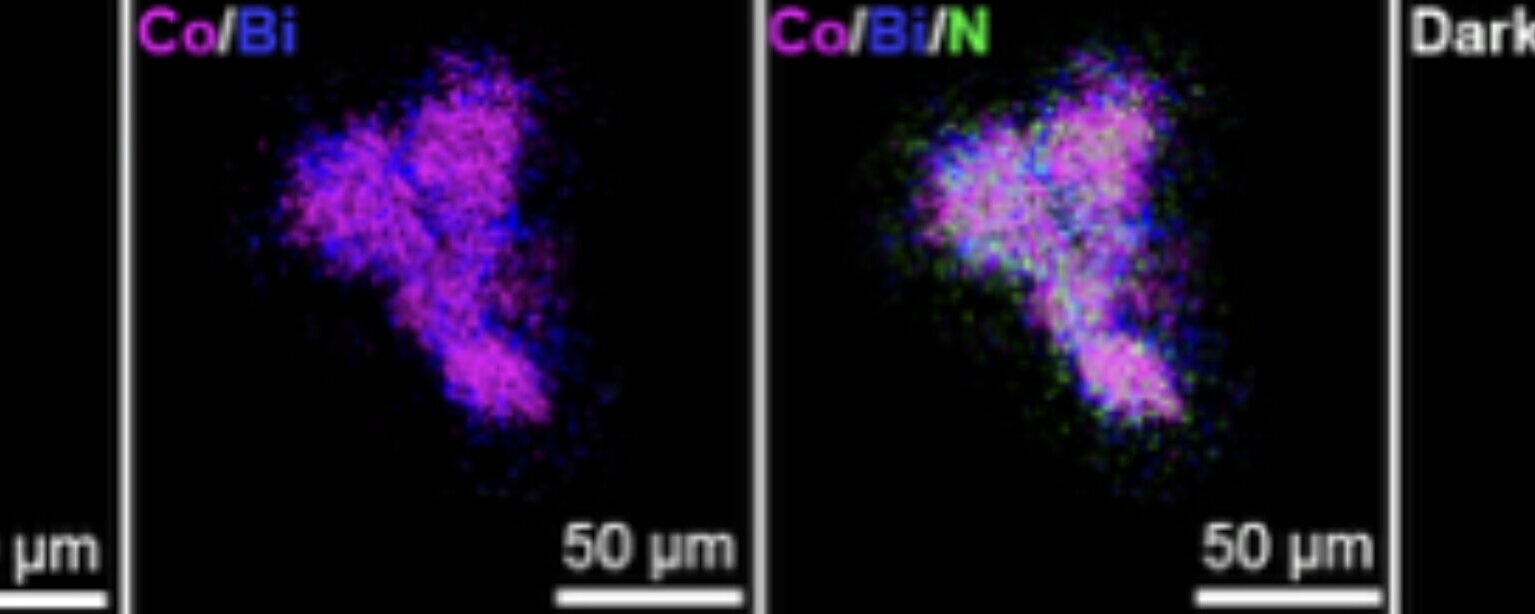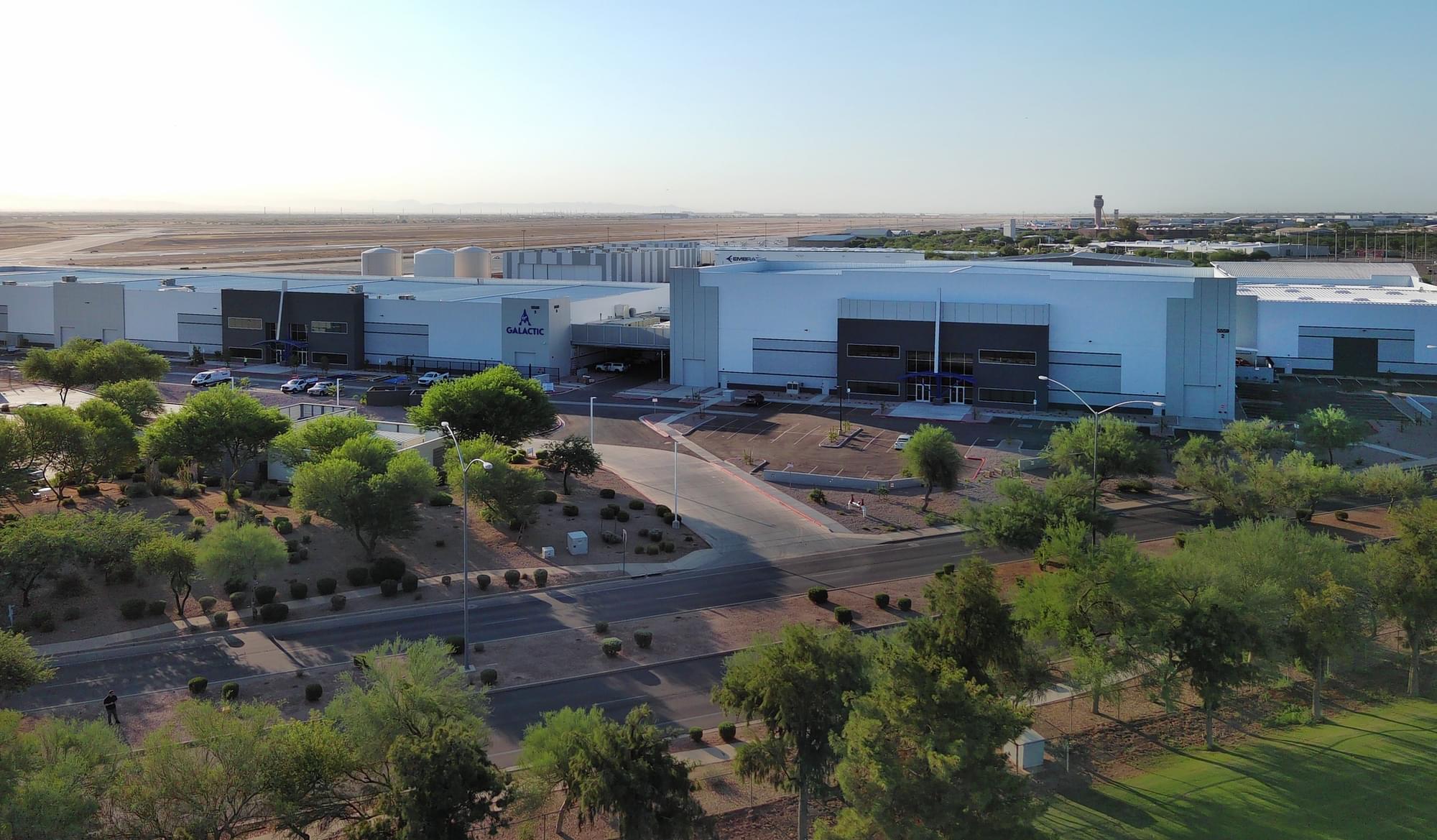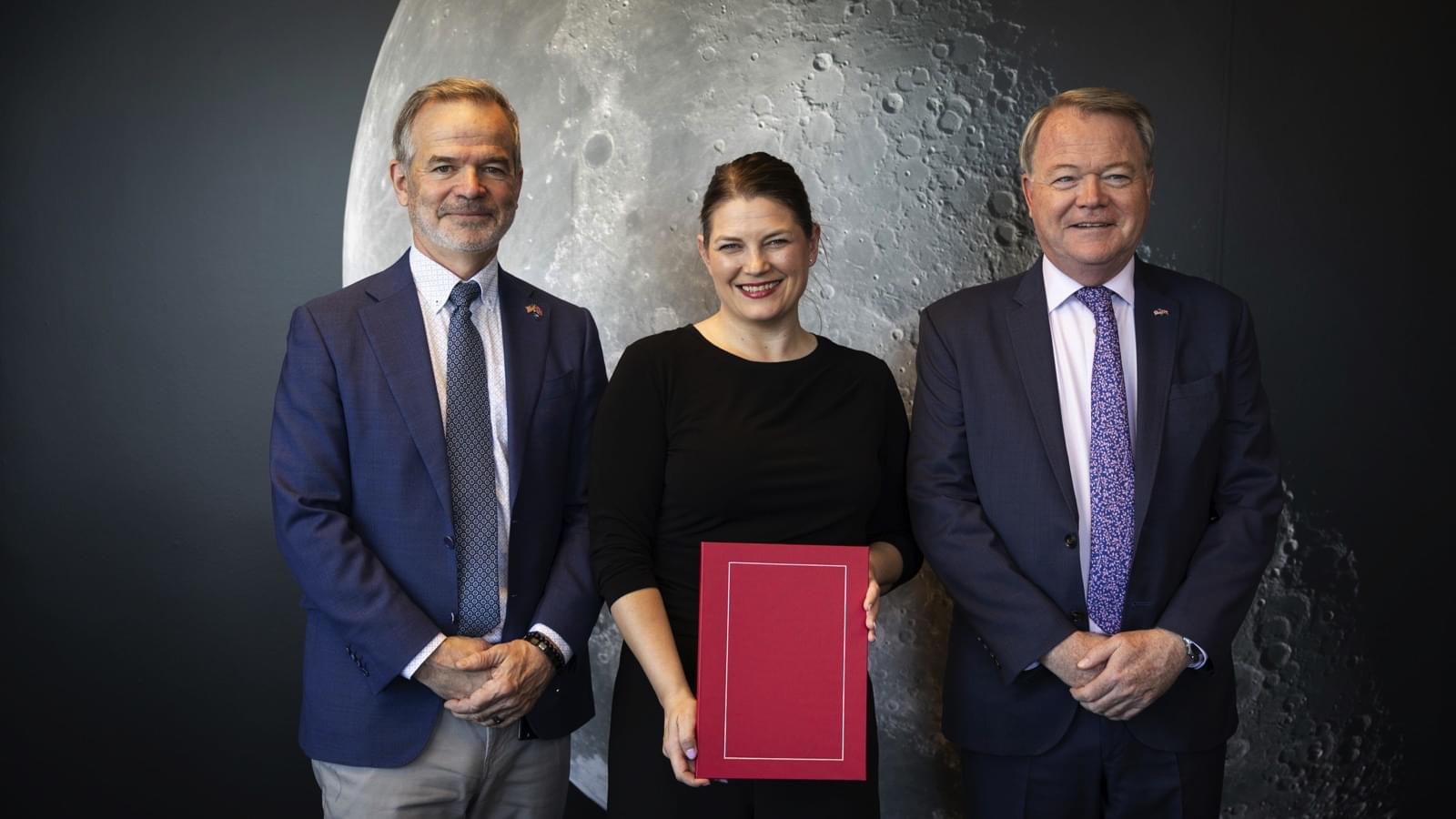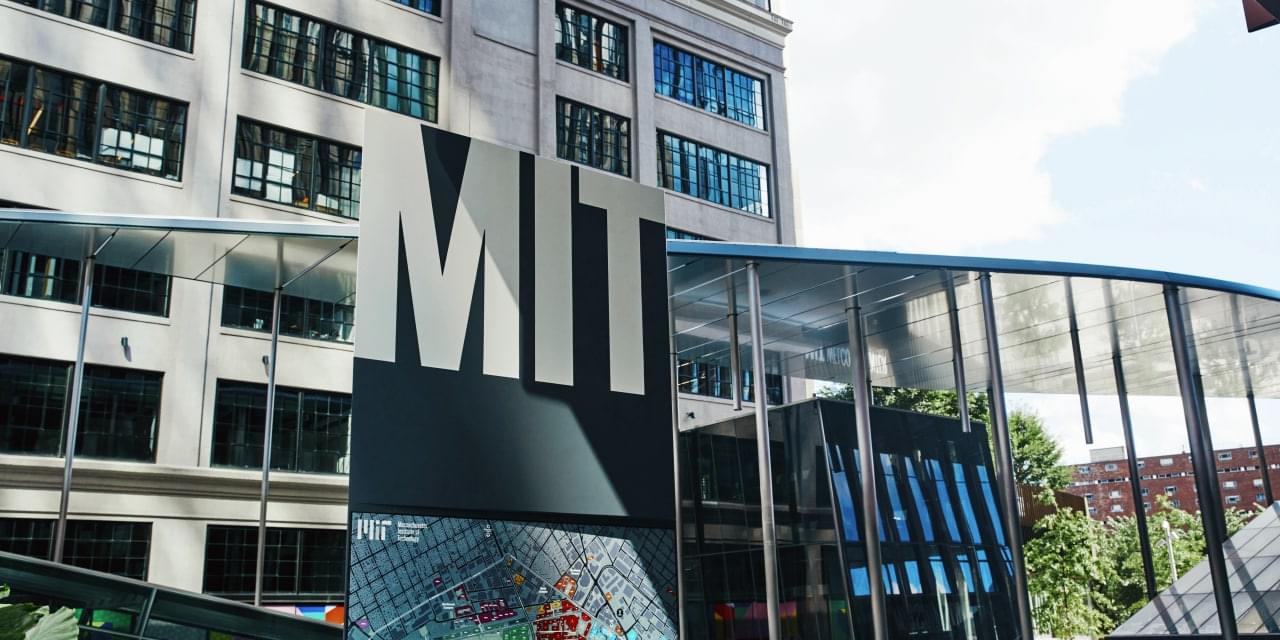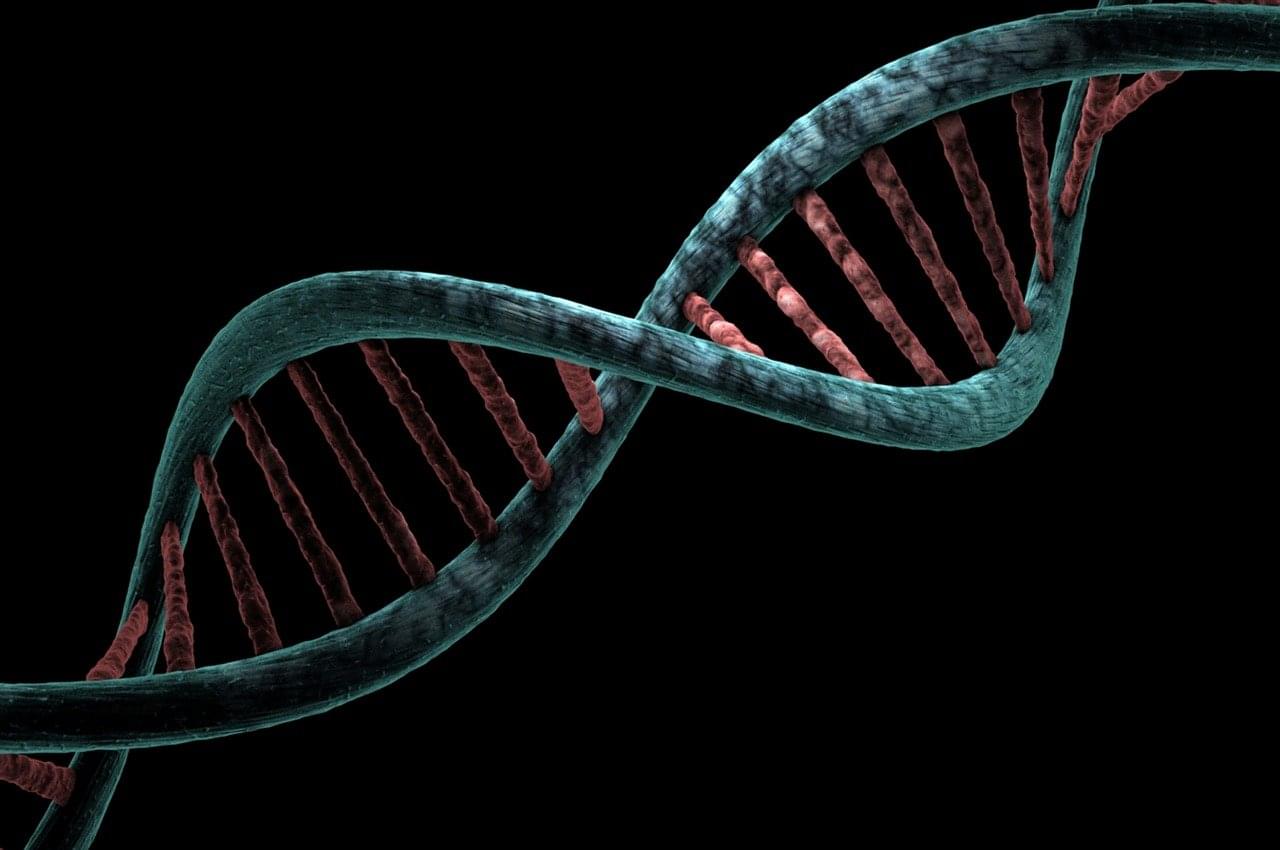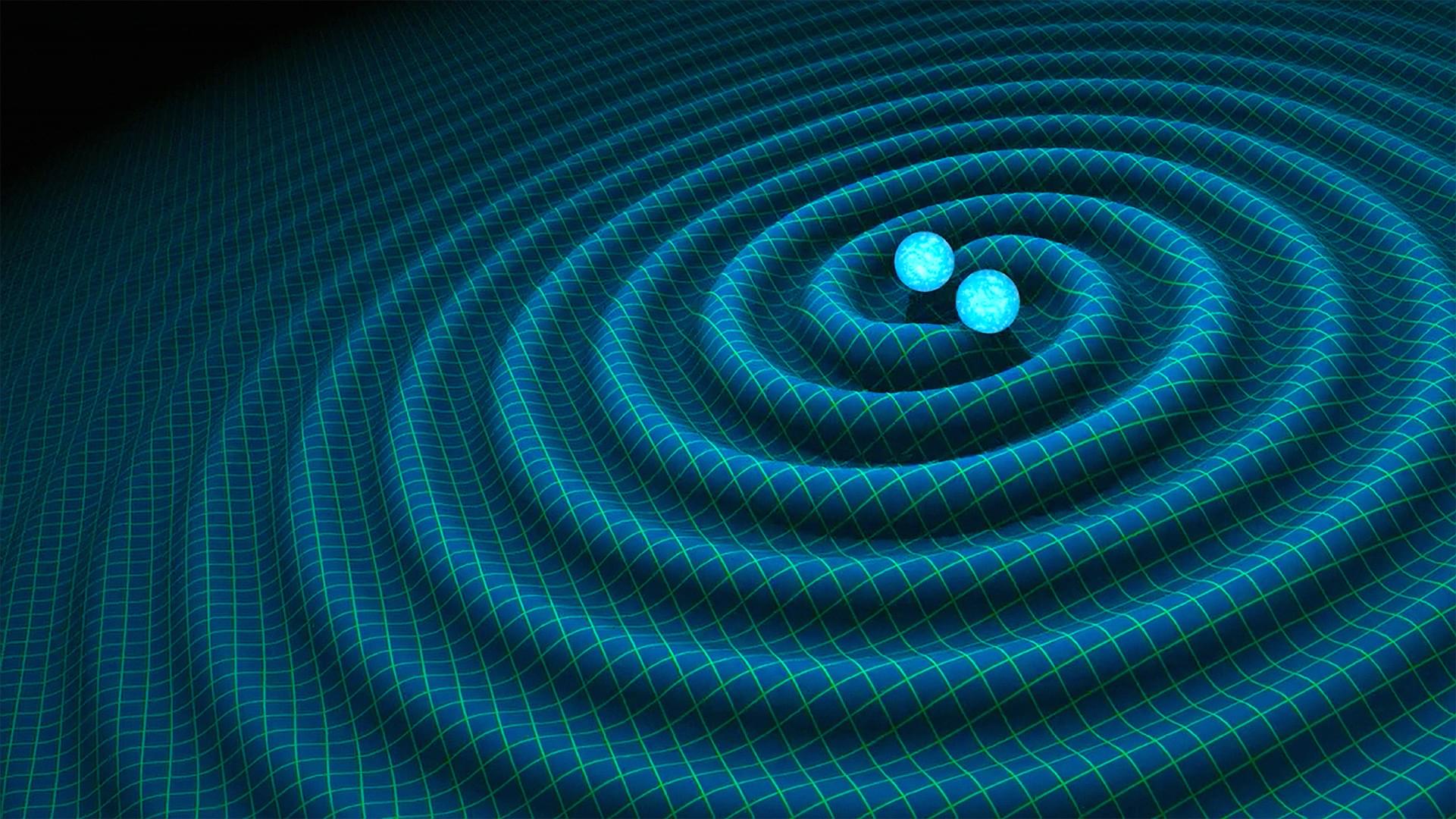Recent technological advances are fueling the development of cutting-edge technologies that can monitor and control physiological processes with high precision. These include devices that could control the expression of genes within living organisms, without requiring invasive surgeries or procedures.
Researchers at ETH Zurich recently introduced a new method that enables the electromagnetic programming of the wireless expression regulation (EMPOWER) of transgenes in mammals, via the interfacing of nanoparticles and cells.
Their proposed approach, outlined in a paper published in Nature Nanotechnology, could help to treat chronic conditions, including diabetes, while also opening new possibilities for research in synthetic biology and regenerative medicine.
